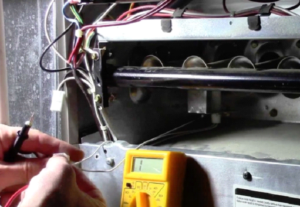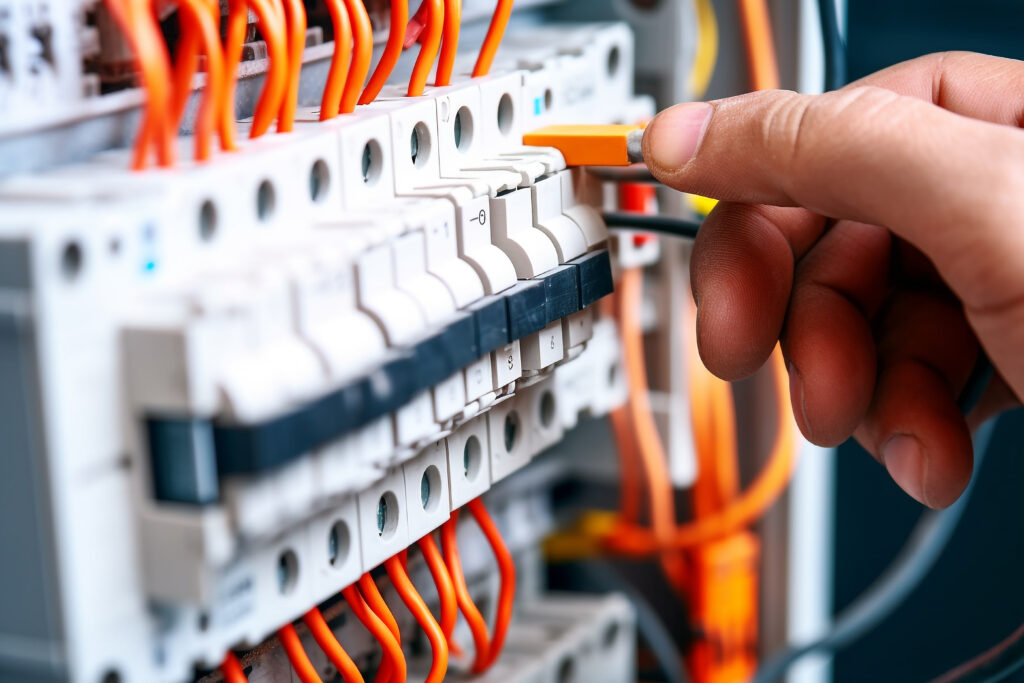
When many homeowners switch on their furnace but fail to ignite the time you need it most, consider some simple adjustments to get your heating system up and running as quickly as possible.
If your furnace has been properly maintained, the problem is most likely a quick fix but necessitates a professional’s assistance. However, not all furnace problems are simple, but it’s worth a shot before calling an experienced HVAC technician.
How can you know if your furnace’s ignition isn’t working?
There are a few basic troubleshooting tasks that anyone with even a little mechanical experience may perform independently. If you successfully get your furnace to turn on using one of these methods, you may be able to save a lot of money on an otherwise pricey HVAC service call.
OK, here are three fast things that could be the issue if you’re new to the house or the HVAC system was recently serviced and isn’t working. Three things to keep in mind:
- Make sure the furnace’s power switch is turned on. It should look like a light switch near the furnace.
- In the gas line, the gas valve is turned on. The handle is lengthy, and when open/on, it should go parallel to the bar. The gas has been turned off if it is perpendicular to the line. Please turn it on, and the furnace should startup!
- The thermostat is set to the “Heat” setting.
Reasons your furnace ignitor isn’t working?
First and foremost, you must determine the type of furnace you have in your home. When a furnace fails to ignite, one of the most typical complaints is the clicking sound of the stove about to turn on, followed by quiet and no heat. Below indicates reasons the furnace has not ignited:
The Temperature Regulator
Although it may seem self-evident, double-check that your thermostat is set to heat and that your residence is genuinely cooler than the temperature the thermostat is set. If none causes the problem, switch the fan on to compel the furnace to start blowing air.
If your furnace still doesn’t turn on, look for an error code on your programmable thermostat.
The Gas Station
To begin, double-check that the gas is switched on. Examine the outside shut-off valve to see if this is the case. Starting another gas-burning equipment, such as the stove, is another simple way to check if the gas is on and running properly.
The Boiler
It’s also possible that your furnace causes the issue. Make sure the power is turned on within the stove since it could have mistakenly turned it off. Even if you have a gas system, you must switch it on because it needs power.
The Filtering System
Changing the air filter is one of the simplest ways to repair a damaged furnace. If you haven’t changed your filters regularly and your vents and registers are entirely blocked, it will severely hamper the furnace’s air movement.
Check to see if the furnace filter is clean and has been cleaned lately, then make sure any vent registers are free of furniture and other obstructions.
Faulty Ignition Sensor
When your furnace doesn’t light, a faulty ignition sensor is the most typical problem. If you hear your furnace turn on but not the sensor, this is most likely the issue. A malfunctioning or filthy ignition or sensor is a reasonably simple fix, so follow these instructions, and you might be able to fix it yourself.
How to test a furnace ignitor?
Troubleshooting
Firstly, check your gas supply when troubleshooting. Checking if your furnace is getting gas is one of the first stages in figuring out why it isn’t working.
Users of Natural Gas
You won’t be able to undertake this step if you’re on a city gas line since determining if you’re getting natural gas to your heater is unsafe and should only be done by a professional HVAC technician. There’s a strong possibility your gas supply isn’t the issue if you smell gas near your furnace when you turn it on.
Users of Propane or LP Gas
If you use liquid propane, it’s much easier to tell if your furnace is getting gas. First and foremost, you must step outside into your yard and locate your gas storage tank. There will be a domed section in the upper center, which will house the fill valve. A gas pressure gauge will also be present.
Make sure your air filters are in good working order.
When your gas furnace doesn’t turn on, you’d be shocked at how many people skip this step and wind up paying for an expensive HVAC service visit.
The Source of Ignition
A furnace can ignite the gas-air mixture that enters it in one of two ways. The earliest method is to use a pilot light, superseded by electronic ignition systems in the last 30 years. Your furnace will not turn on if these fail to do their job.
The Thermostat
The thermostat is a device that regulates the temperature of a room.
When you turn on your heater and then raise the thermostat, many things should happen to cause the furnace to ignite. The system’s fan will be the first sound you hear as it draws air into the system to begin the burning process. After then, you’ll listen to the gas ignite with a swoosh sound. Hot air will then flow out of the vents in your home’s rooms after a few seconds.
How long do furnace ignitors last/how often to replace?
Ignitors have a four to seven-year average lifespan. After around seven years, you may need to replace the ignitor; however, other furnace sections, such as the heat exchanger, can survive up to 15 years.
Take action as soon as you see indicators of a problematic furnace ignitor. Investigate the symptoms on your own before contacting a professional for assistance. An ignitor repair or replacement is frequently a low-cost remedy that can save you money. A competent repair can also keep you safe from harm or accidents.
If you have any need for furnace repair, don’t hesitate to contact Coastal Home Services of North Carolina. Fill out the contact form below and we will get back to you with any questions that you may have.


